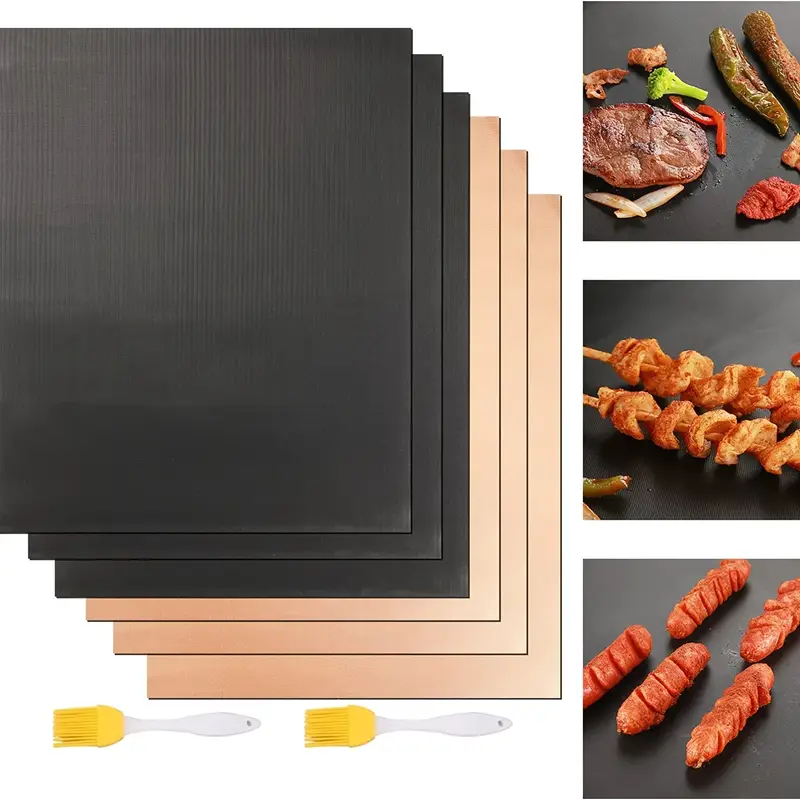Many people love to eat barbecue, so it’s best to buy a barbecue stove yourself. On weekends, invite a group of friends or family to cook barbecue at home, chat, drink freely, and enjoy the fun of barbecue. Why not buy a barbecue stove? Before buying a barbecue stove, do you know what types of barbecue stoves there are, and how different types of barbecue stoves work? Let’s learn the basic principles of the five types of barbecue stoves together with the editor.
Introduction to Barbecue Oven
A barbecue stove is a type of barbecue equipment that can be used to make lamb skewers, barbecues, and more. The types of grills on the market can be divided into carbon grills, gas grills, electric grills, microwave grills, and solar grills. Among them, gas ovens and electric ovens are popular because they are free of oil fumes and pollution to products
Working Principle of Barbecue Oven
1. Principle of charcoal smokeless barbecue stove
During the combustion process, charcoal releases carbon dioxide, which is colorless and odorless. Moreover, charcoal has been burned and has no smoke. A regular barbecue stove produces smoke when making products because the oil and seasoning are dropped onto the carbon fire during the production process
2. Principles of Gas Barbecue Oven
Generally, stainless steel is used as the furnace material, and through electronic pulse ignition, four independent high-temperature resistant crystal red gas heating plates are heated using the combustion and heat of liquefied petroleum gas or natural gas, and then food is baked on the iron plate. With energy-saving component control, the electronic pulse switch can also control the size of the flame to control the temperature of the iron plate, which is practical and convenient.
3. Principles of Electric Oven
A direct burning electric grill that directly acts on food as a heat source. During barbecue, the food oil immediately drips and there is no repeated lubrication of the oil, which means there is no process of frying or frying the oil. Therefore, the food contains less oil, and the grilled food has a true barbecue flavor.
4. Principles of Microwave Barbecue Oven
Microwave ovens are made by utilizing the characteristics of microwaves that can pass through insulating materials such as glass, ceramics, and plastics, but do not consume energy. For food containing moisture, microwaves are not only impermeable, but their energy is absorbed instead. The shell of the microwave oven is made of metal materials such as stainless steel, which can prevent microwaves from escaping from the oven and avoid affecting people’s health. Containers for food are made of insulating materials. The heart of a microwave is a magnetron. This electron tube called a magnetron is a microwave generator that can generate microwaves with a vibration frequency of 2.45 billion times per second. This kind of invisible microwave can penetrate food up to 5cm deep and cause water molecules in the food to move accordingly. The intense movement generates a large amount of heat energy, and the food is “cooked”.
5. Principles of Solar Barbecue Oven
The solar barbecue stove utilizes the principle of concentrated light and heat collection to achieve food barbecue and stewing, and the principle of photovoltaic power generation to achieve battery charging and overall operation. Firstly, the solar radiation energy is concentrated, heat transferred, and stored through reflective panels and grill tubes to obtain heat, achieving functions such as food barbecue and stewing. Secondly, solar cell modules absorb solar energy and convert it into electrical energy, providing power for the solar automatic tracking system. The solar automatic tracking system is composed of components such as a photosensitive tracker and motor, which can accurately track the sun’s azimuth angle anytime and anywhere, achieving effective collection of sunlight.






